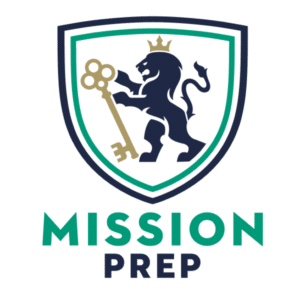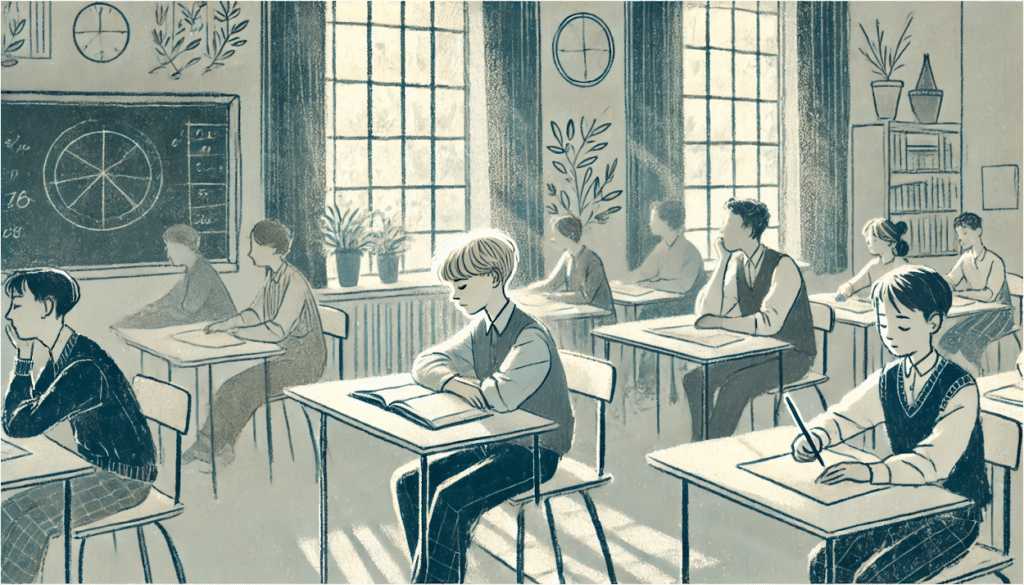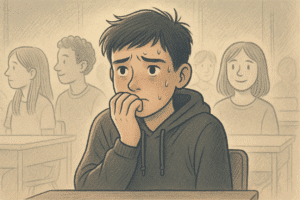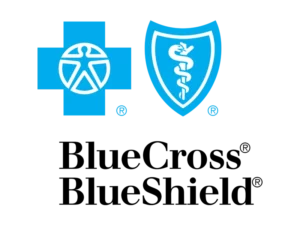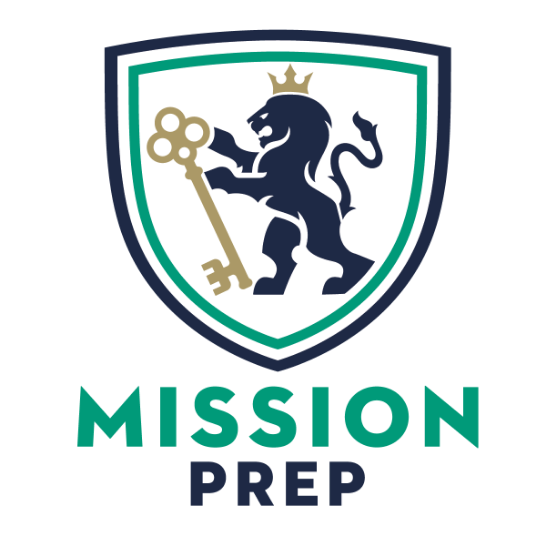Key Takeaways
- ADHD is a neurodevelopmental disorder that affects attention, focus, and self-control, impacting everyday life.
- Boys with ADHD typically show more externalizing symptoms like hyperactivity and impulsivity, making their ADHD more noticeable compared to girls.
- Common signs of ADHD in boys include difficulty focusing on tasks, excessive movement or fidgeting, acting without thinking, interrupting others, and struggling with classroom routines and social interactions.
- ADHD can be managed by creating structured environments with clear routines, breaking tasks into manageable steps, behavioral therapy, and, if needed, medication.
- Mission Prep offers comprehensive treatment for teens with ADHD to help manage symptoms and develop essential coping skills.
ADHD Overview
Understanding ADHD
Attention Deficit Hyperactivity Disorder (ADHD) is a neurodevelopmental disorder that impacts focus, self-control, and other important skills needed for everyday life. It’s more than just being a bit fidgety or occasionally distracted. ADHD affects how a person functions in school, at home, and in relationships. ADHD is not due to laziness or lack of discipline; instead, it is a recognized medical condition that requires empathy and proper management.
Prevalence in Boys
ADHD is more frequently diagnosed in boys than in girls. They usually exhibit more externalizing symptoms such as hyperactivity and impulsivity, making it easier to spot. These behaviors can lead to challenges in school and social settings, prompting earlier evaluations and diagnoses. However, this doesn’t mean girls are less affected. Their symptoms may just manifest differently, often as inattentiveness, which can be overlooked.
Importance of Early Detection
Early detection allows for timely interventions that can help manage symptoms and prevent secondary issues like low self-esteem or academic struggles.
Detecting ADHD early involves observing consistent patterns of behavior that deviate from typical developmental milestones. If you notice you’re struggling with attention, hyperactivity, or impulsivity, it may be time to consider an evaluation.
| Mission Prep Healthcare: Adolescent Mental Health Care Mission Prep Healthcare specializes in mental health treatment for teens aged 12-17, offering residential and outpatient programs for anxiety, depression, trauma, and mood disorders. Our therapies include CBT, DBT, EMDR, and TMS, tailored to each adolescent’s needs. With a structured, supportive environment, we integrate academic support and family involvement to promote lasting recovery. Our goal is to help teens build resilience and regain confidence in their future. Start your recovery journey with Mission Prep Healthcare today! |
Key ADHD Signs in Boys
Inattention Indicators
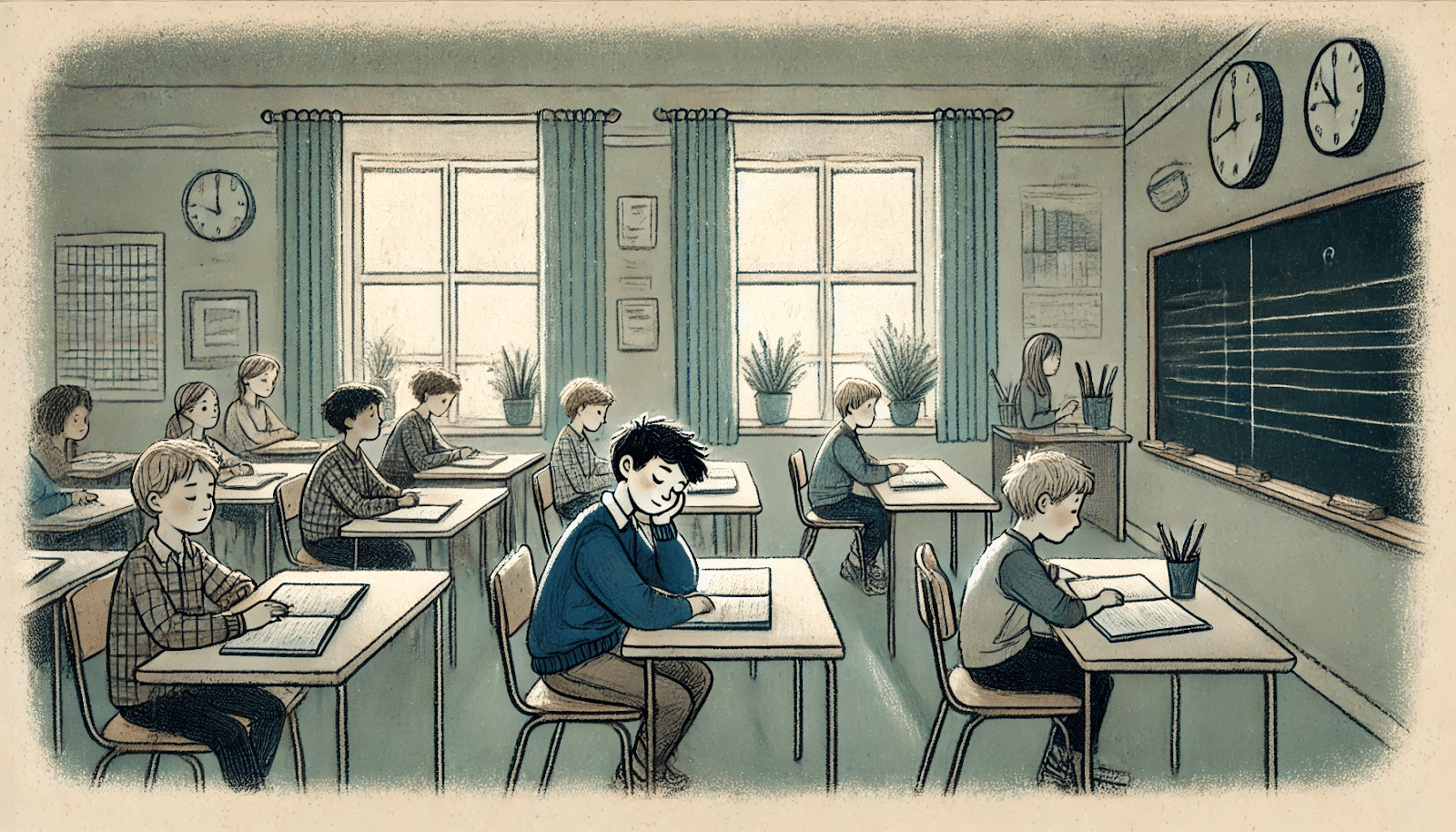
Inattention is a hallmark of ADHD.
Inattention often manifests in boys through difficulty focusing on tasks or activities. This can be especially noticeable in school settings where sustained attention is required. You may:
- Struggle to maintain focus during lectures, conversations, or lengthy readings
- Make careless mistakes in schoolwork due to failure to pay attention to details
- Appear not to listen when spoken to directly, even in the absence of distractions
- Fail to follow through on instructions, leaving tasks incomplete
- Have difficulty organizing tasks and managing time effectively
- Avoids or is reluctant to engage in tasks requiring sustained mental effort
- Frequently lose items necessary for activities (school supplies, books, tools)
- Be easily distracted by external stimuli or unrelated thoughts
- Forget daily activities, assignments, or scheduled events
These challenges are not a result of defiance but rather an inability to maintain focus due to ADHD. If you regularly exhibit these behaviors, it may be worth discussing with a healthcare provider.
Hyperactivity Patterns
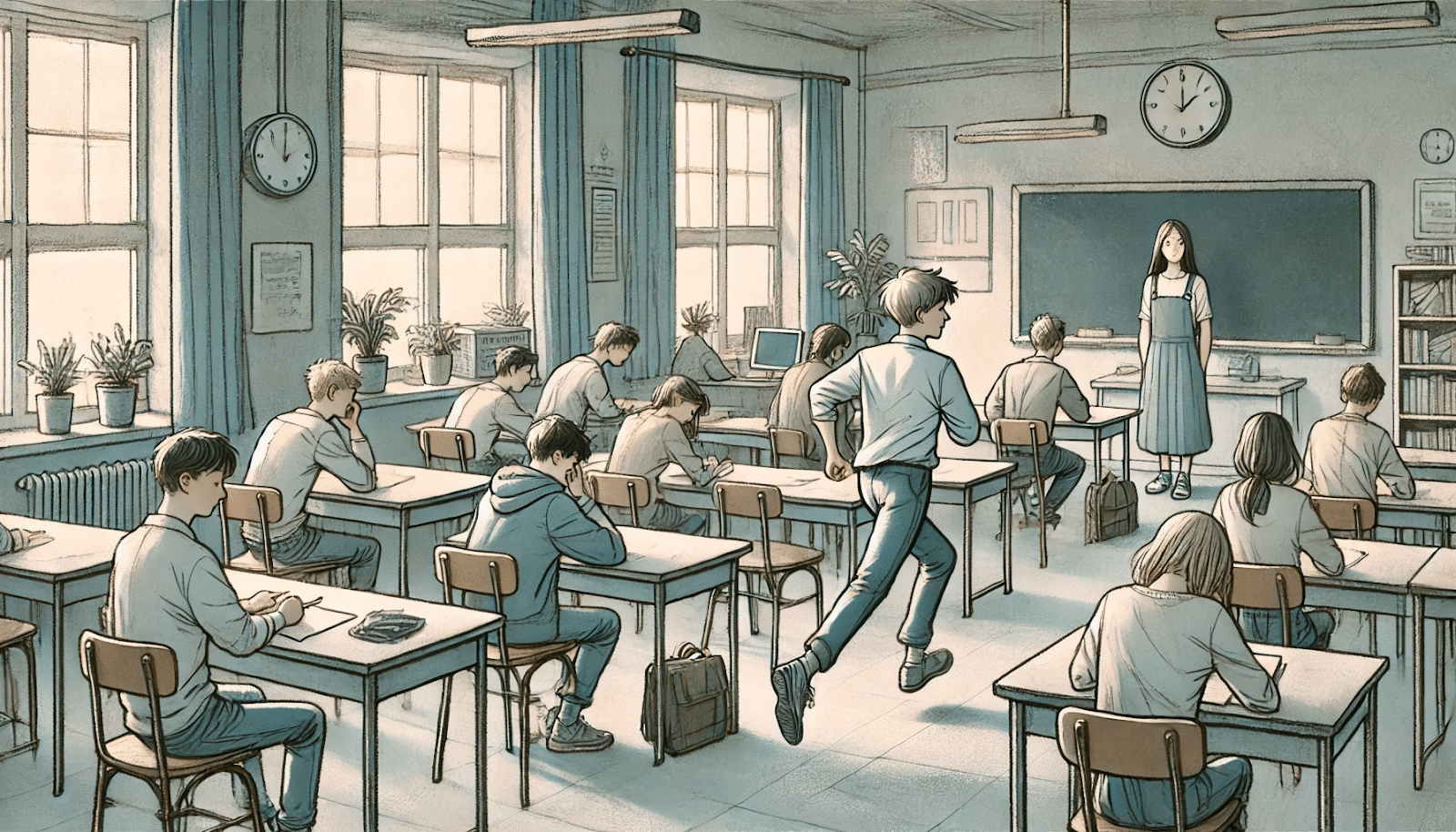
Hyperactivity is another common symptom of ADHD, particularly in boys.
Hyperactivity behaviors are often more noticeable and can be disruptive in structured environments like classrooms. Some common indicators include:
- Fidgeting with hands and feet
- Leaving your seat in situations where remaining seated is expected
- Running or climbing in inappropriate situations
- Unable to play or engage in leisure activities quietly
- Acts as if “driven by a motor,” always on the go
- Talking excessively, often at inappropriate times
- Having difficulty staying still during meals, homework, or family activities
- Finding it challenging to engage in sedentary activities for extended periods
Boys with ADHD often feel compelled to move, which can be challenging to manage without understanding and support. Providing outlets for physical activity can help channel this energy positively.
Impulsivity Traits
Impulsivity in boys with ADHD often manifests as difficulty with self-control, which can affect their interactions and decision-making processes. Signs include:
- Blurting out answers before questions are completed
- Interrupting or intruding on other people’s conversations or games
- Having difficulty waiting for your turn in games or group situations
- Making hasty decisions without considering the consequences
- Speaking without thinking, often saying socially inappropriate things
- Act without permission in a classroom or social setting
- Struggle with delayed gratification
- Taking shortcuts at work to finish quickly
- Engaging in potentially risky behaviors without adequate consideration

Understand that impulsivity is a symptom of ADHD rather than intentional rudeness.
Structured environments and clear expectations can help manage these impulsive behaviors and support better self-regulation skills.
Impact of ADHD in the School Environment
Classroom Challenges
Boys with ADHD often face difficulties in the classroom due to their symptoms. Inattention can lead to missed instructions and incomplete assignments, while hyperactivity and impulsivity can disrupt the class and strain relationships with teachers and peers.
Teachers play a major role in supporting students with ADHD by implementing strategies that accommodate their needs. Simple adjustments like seating arrangements, additional breaks, or modified instructions can make a significant difference.
Social Interaction Issues
Social interaction can be particularly challenging for boys with ADHD. Impulsivity and hyperactivity may lead to interruptions during conversations, difficulty taking turns, or inappropriate comments. These behaviors can affect friendships, as other children might find it hard to understand or tolerate these actions.
Also, boys with ADHD might struggle with reading social cues or understanding the impact of their behavior on others. This can lead to misunderstandings or conflicts, further isolating them from their peers. Participating in social skills training and providing opportunities for positive interactions can help improve these skills over time.
Impact of ADHD at Home
Routine Challenges
Tasks that require sustained attention, like homework or chores, can be particularly difficult. You might start a task but quickly become distracted, leaving it unfinished or completed haphazardly.
Creating a structured environment with clear routines can help mitigate these challenges. Breaking tasks into smaller, manageable steps and providing regular reminders can help you stay focused on completing your responsibilities.
Mood and Emotions
You might experience frustration, anger, or sadness more intensely and have trouble managing these emotions. This can lead to outbursts or withdrawal, affecting your relationships and overall well-being.
Understanding that these emotional responses are part of ADHD can help your parents and caregivers respond with patience and support. Be open to communicating your feelings so as to receive help and develop healthier coping mechanisms.
Professional Support
When to Seek Help
If you notice persistent patterns of inattention, hyperactivity, or impulsivity that interfere with your daily life, it may be time to seek professional help.
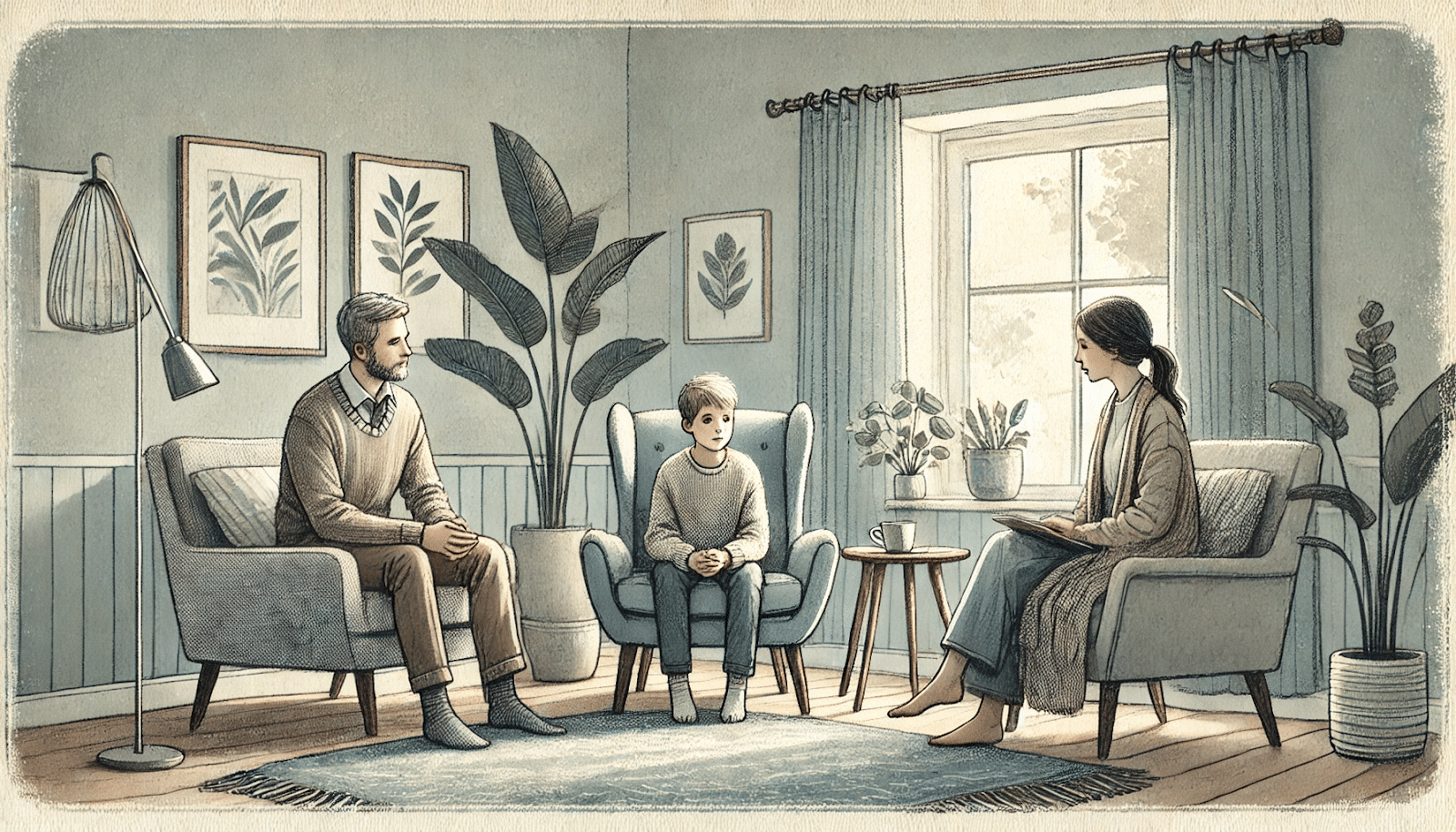
Consulting with a healthcare provider can provide clarity and guide you toward appropriate interventions.
Early intervention can prevent secondary issues like academic struggles or social difficulties. A healthcare provider can evaluate your symptoms and determine if an ADHD diagnosis is appropriate. This evaluation typically involves gathering information from multiple sources, including parents, teachers, and yourself.
Once diagnosed, a treatment plan can be developed to address your needs. This plan may include lifestyle strategies, Cognitive Behavioral Therapy (CBT), or medication, depending on the severity of symptoms and individual circumstances.
Mission Prep: Your Partner in ADHD Management
Understanding the signs of ADHD in boys is just the first step toward healing. At Mission Prep, we recognize that boys with ADHD need more than just symptom management—they need comprehensive support that addresses the whole person.
Our specialized ADHD treatment programs in California and Virginia combine structure, expert care, and evidence-based therapies customized to each teen’s unique needs.

Our residential setting provides the consistent environment boys with ADHD need to develop crucial self-regulation skills, improve focus, and learn practical coping strategies.
Our experienced team of clinicians understands the complex nature of ADHD in boys and how it intersects with academic performance, social relationships, and family dynamics. Through behavioral therapy, CBT, and family counseling, we help teens manage the challenges of ADHD while building confidence and independence.
What sets Mission Prep apart is our commitment to long-term success. We work closely with families to ensure the skills learned in treatment transfer to home and school environments. If you’ve recognized the signs of ADHD from our checklist, don’t wait to seek help.
Contact Mission Prep today to learn how our proven treatment approach can transform challenges into opportunities for growth and success.
Frequently Asked Questions (FAQ)
What are common ADHD symptoms in boys?
Boys with ADHD often exhibit symptoms such as difficulty focusing, excessive movement, and impulsive behavior. These symptoms can affect their performance in school, social interactions, and daily routines.
How is ADHD diagnosed in children?
ADHD is diagnosed through a comprehensive evaluation by a qualified healthcare professional. This process typically involves gathering information from multiple sources, including parents, teachers, and the child. The healthcare provider will assess the child’s behavior and development to determine if they meet the criteria for an ADHD diagnosis.
Why is ADHD more recognized in boys?
ADHD is more often recognized in boys because they tend to exhibit more externalizing symptoms, such as hyperactivity and impulsivity. These behaviors are more noticeable and can lead to earlier evaluations and diagnoses. Girls, on the other hand, may display more inattentive symptoms, which can be overlooked or misinterpreted.
How can parents help a child with ADHD?
Parents can help a child with ADHD by creating a structured environment with clear routines and expectations. Using positive reinforcement to encourage desired behaviors can also be effective. Collaborating with teachers and healthcare providers ensures consistent support across different settings.
What treatment options does Mission Prep offer for boys with ADHD?
Mission Prep provides comprehensive treatment options, including residential care with 24/7 support, behavioral therapy, CBT, family therapy, and personalized intervention strategies. Our structured environment helps boys develop self-regulation skills, improve focus, and learn practical coping mechanisms while addressing any co-occurring mental health conditions.

